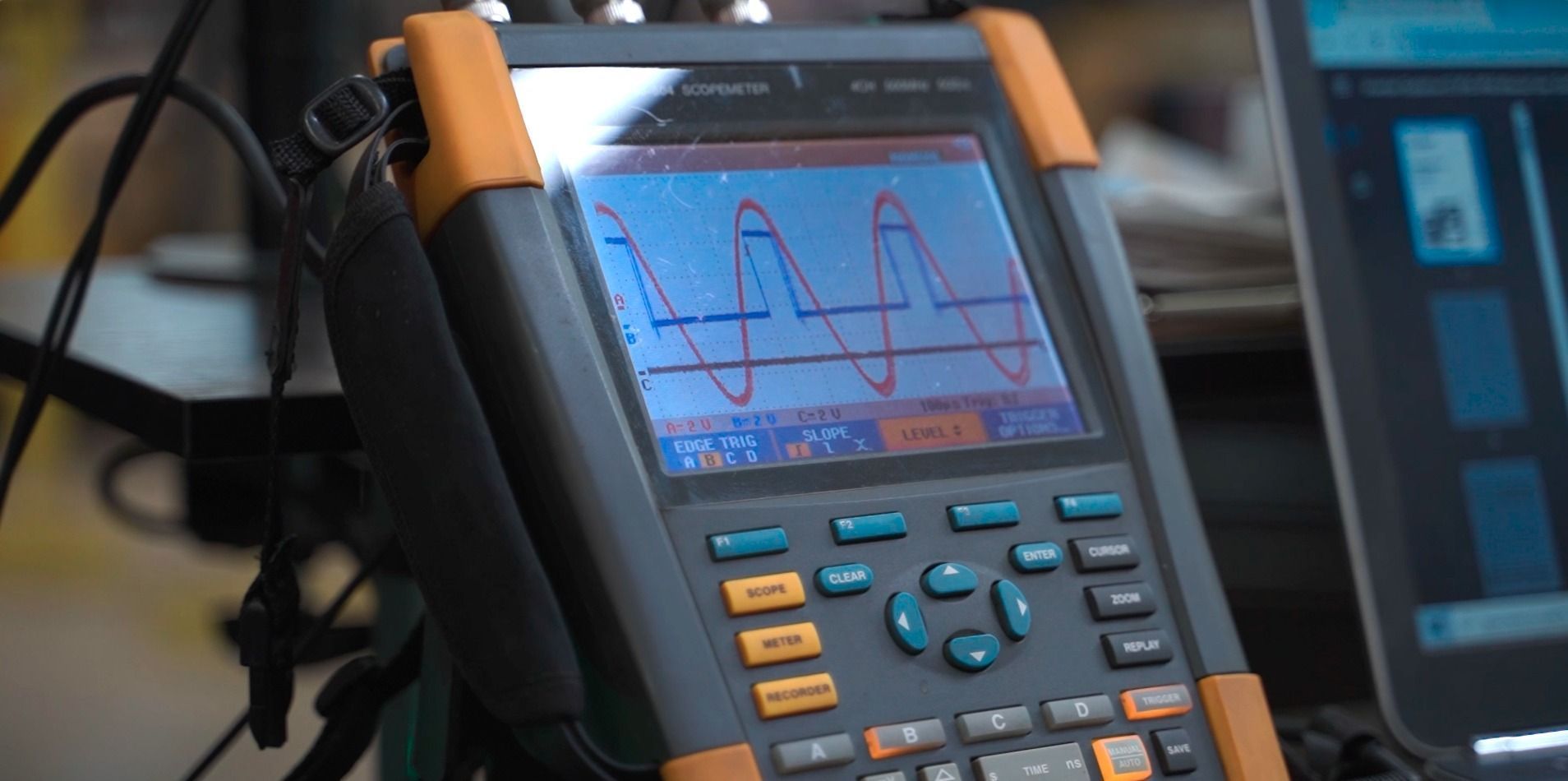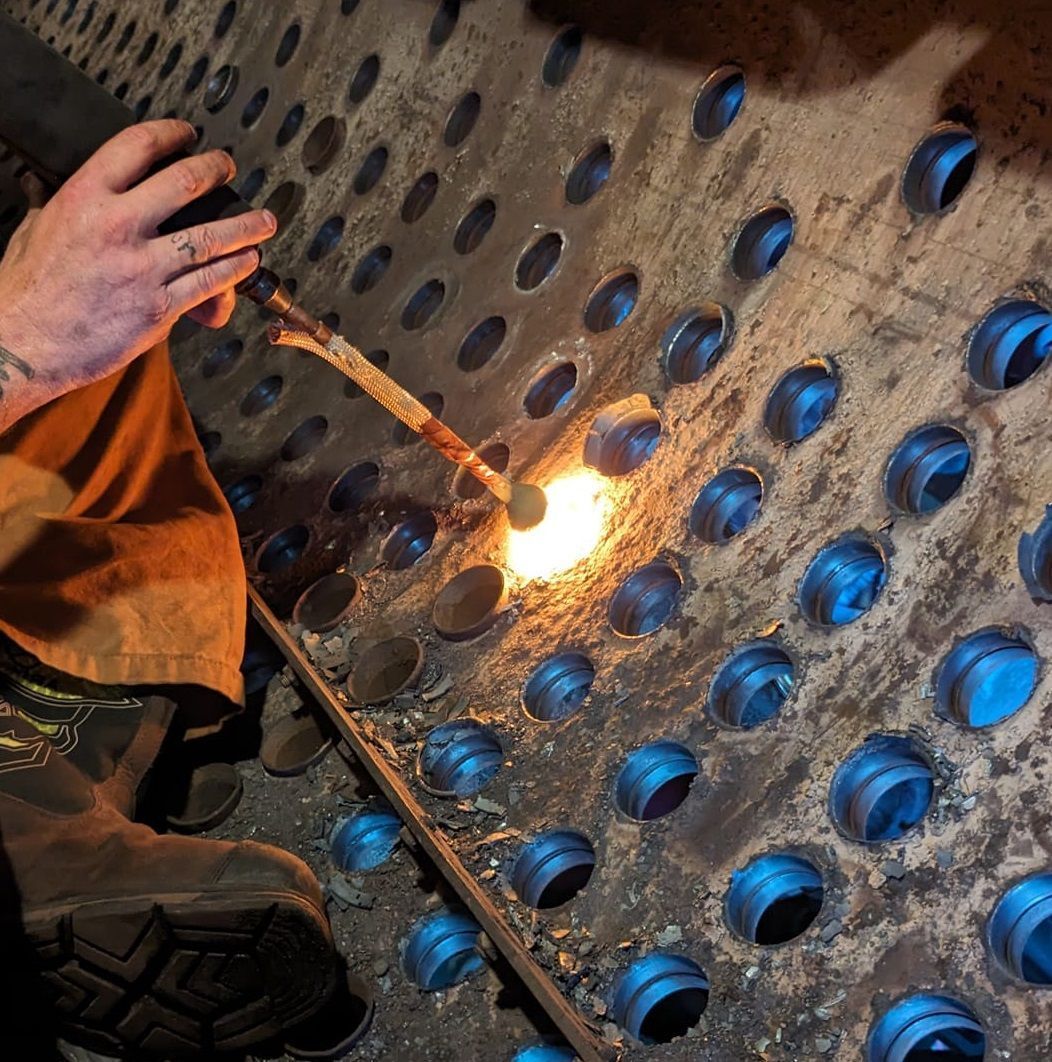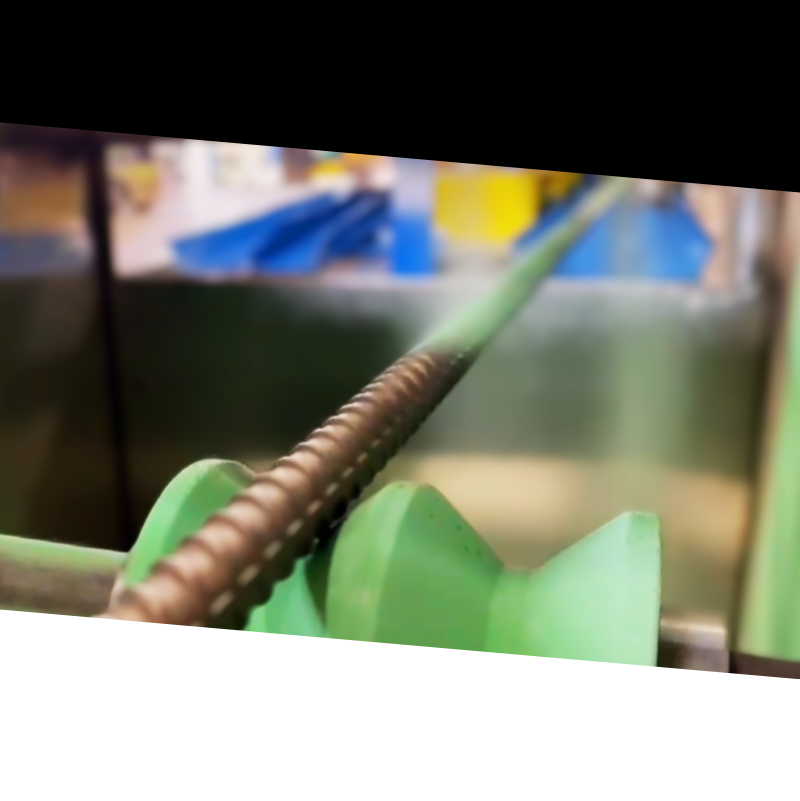Why Manufacturers Are Switching to Induction Heating
ESC Induction
As industries modernize and energy efficiency becomes a central concern, manufacturers are making the switch from traditional heating methods to induction heating systems .

This advanced technology offers a host of benefits—from cost savings to improved safety and precision—making it one of the most valuable upgrades in the industrial sector today.
What is Induction Heating?
Induction heating uses electromagnetic fields to heat metal parts directly, without contact, open flames, or combustion. Unlike gas or resistive heating, induction focuses energy exactly where it's needed, resulting in
faster, cleaner, and more efficient heating processes .
The Top Reasons for the Shift to Induction Heating
- Energy Efficiency Traditional furnaces and ovens waste a significant amount of energy. In contrast, industrial induction heating systems can reduce energy consumption by 30–60% , delivering more heat to the part and less to the surrounding environment. This translates into both cost savings and environmental benefits.
- Speed and Productivity Induction heating delivers 50–70% faster heating times than conventional methods. With rapid, repeatable heat cycles, manufacturers can achieve shorter production times and higher throughput—without compromising quality.
- Precision and Control Induction allows for targeted heating with precise temperature control. Whether it's brazing, hardening, annealing, or forging , the ability to apply heat exactly where it's needed reduces part distortion and improves product consistency.
- Improved Workplace Safety No open flames, no hot surfaces, and reduced exposure to combustion byproducts means a safer work environment . Induction heating significantly lowers the risk of burns and fire hazards.
- Reduced Maintenance and Downtime With fewer moving parts and no combustion elements, induction heating machines have lower maintenance requirements. Systems from companies like ThermESC Intl. are also equipped with remote diagnostics and support , helping manufacturers resolve issues quickly and keep operations running.
- Sustainability Goals As companies strive to reduce their carbon footprint, eco-friendly heating solutions are becoming essential. Induction technology supports sustainability initiatives with clean energy use, minimal waste, and compatibility with renewable energy sources.
- ROI You Can Measure The investment in induction heating equipment often pays for itself within 2–5 years , thanks to reduced energy bills, increased productivity, and lower maintenance costs.

Industries Leading the Charge
Ready to Make the Switch?

In the ever-evolving landscape of manufacturing, the push for eco-friendly practices is gaining importance. Induction heating, a technology making waves across industries, shines as a green alternative with numerous benefits. Using electromagnetic currents, induction heating rapidly warms metal, ensuring precise and controlled heating without direct contact. ThermESC induction heating technology offers speed and accuracy without resorting to open flames or fuel combustion. Let 's explore ten advantages driving its adoption and reshaping manufacturing landscapes:


